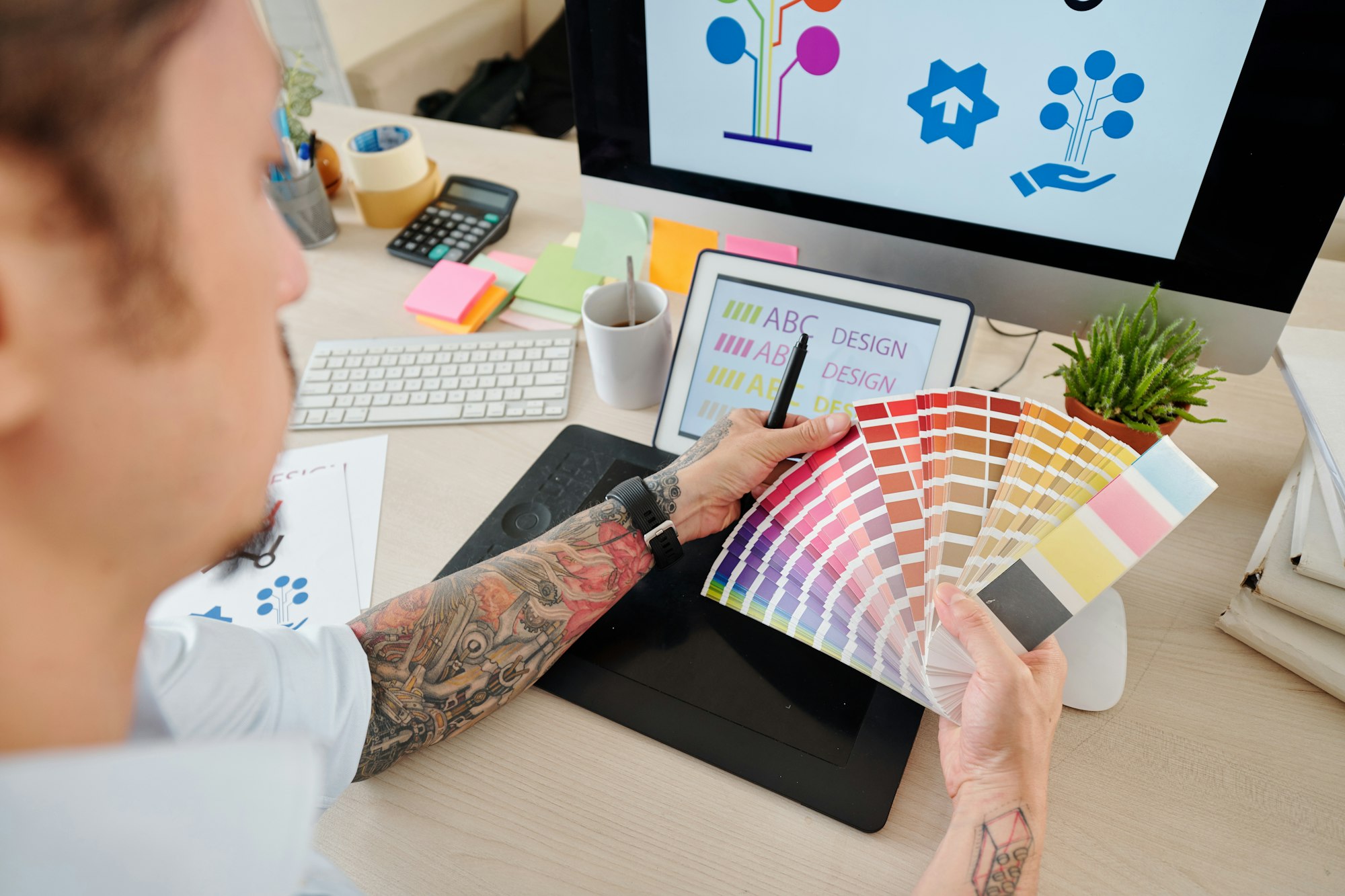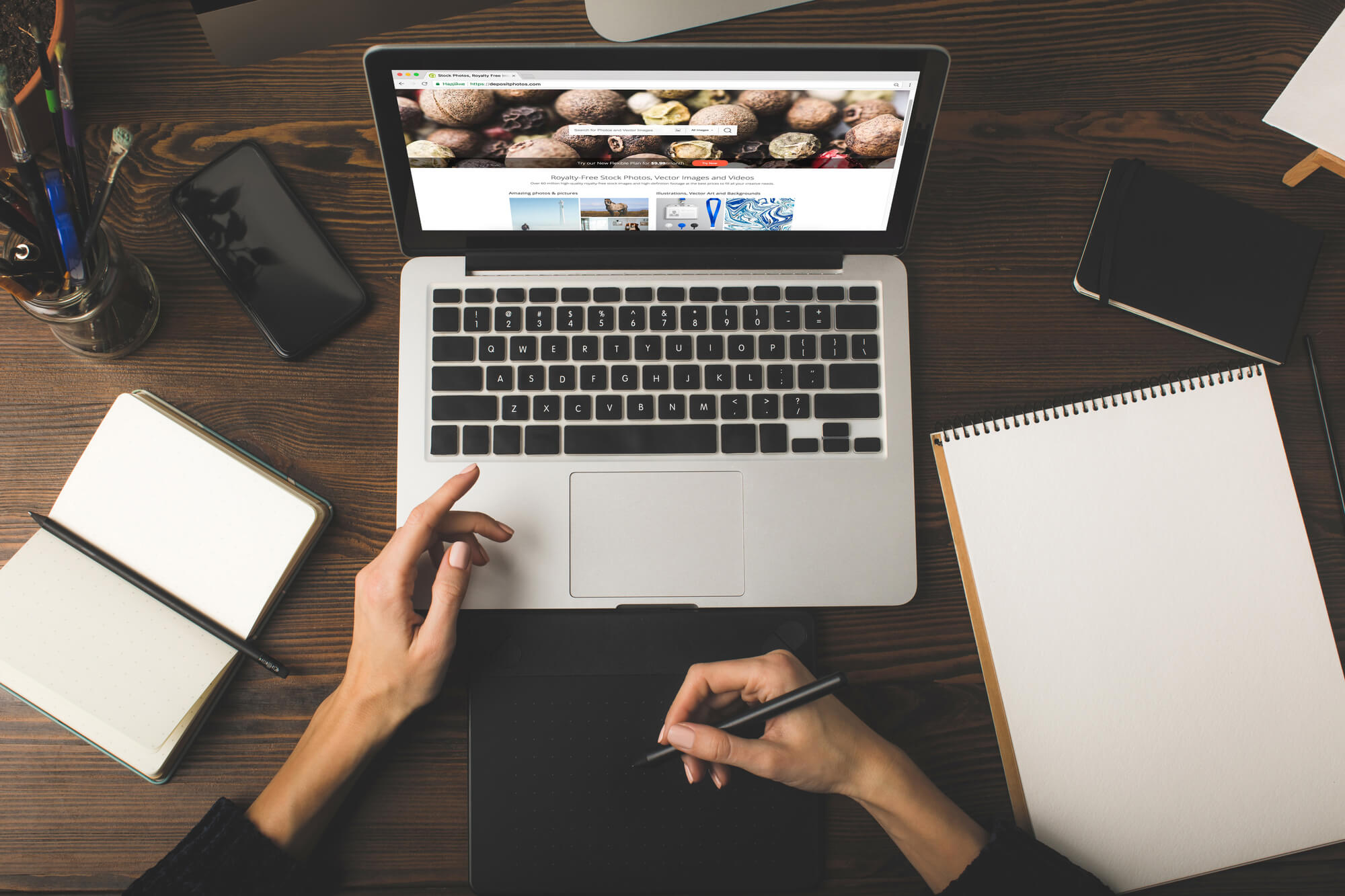
Estimated reading time: 7 minutes
Design is a dance between creativity and structured planning. To achieve a harmonious flow, the balance between the two is crucial. Let’s explore how to perfect this balance for design teams.
Related Links
1. Understand the Unique Needs of Design Teams:
Design isn’t linear; it’s a multi-layered process with many intertwined stages.
Example: Designing a mobile app isn’t just about aesthetics. It involves understanding user personas, creating wireframes, generating user flow diagrams, developing prototypes, and conducting user tests before reaching the final design.
Challenges on the Horizon:
- Changing client demands: As market dynamics shift, clients may revisit their demands. Design teams must be flexible, yet maintain project integrity.
Solution: Use agile methodologies, allowing adaptability without sacrificing project goals. - Technological hitches: Design software updates or hardware incompatibilities can be setbacks.
Solution: Regularly update software, ensure teams have uniform tech setups, and schedule updates during off-hours to minimize disruptions. - Iterative redesigns: Revisiting designs is part and parcel of perfection but can delay projects.
Solution: Create a revision protocol, specifying the number and extent of iterations allowed.
2. Set Clear Objectives:
Clear objectives streamline decision-making, ensuring every design choice made aligns with the project’s end goal.
Crafting SMART Goals:
- Specific: Define clear outcomes. Instead of “better user experience”, aim for “reduce navigation steps by 50%.”
- Measurable: Quantify objectives. “Increase mobile app load speed by 20%” gives a tangible target.
- Achievable: Ensure the goal is realistic, considering time, resources, and technology.
- Relevant: Goals should align with broader business or project objectives.
- Time-bound: Deadlines ensure focus and momentum.
Example: For an e-commerce website redesign: “Increase user session duration by 30% by improving page load speeds and reducing navigation complexity, all within Q3.”
3. Choose the Right Tools:
Digital Platforms: These are the backbone of effective project management.
- Trello, Asana, Monday, Birdview: All of them are Ideal for visual task management, resource planning, and allocation. Cards can represent tasks, and boards can represent project phases.
- Slack: Facilitates real-time team communication, especially useful for remote teams.
Design-Centric Platforms:
- Figma: A cloud-based tool facilitating real-time collaboration. Teams can design, prototype, and gather feedback all in one place.
- Adobe XD: Known for its user-friendly interface and integration with other Adobe Suite products.
Integrative Harmony: No tool operates in isolation. Integrating them can lead to increased efficiency.
Example: Linking Figma with Slack to get immediate notifications on design updates or comments.
4. Communicate Effectively:

Seamless communication is the linchpin holding together the multifaceted elements of a design project, ensuring coherence and clear direction.
The Power of Check-ins: Regular interactions are not just status updates; they’re opportunities to realign, motivate, and energize the team.
Daily Stand-ups: A brief discussion about what was accomplished, what’s on the day’s agenda, and any roadblocks encountered.
Weekly Reviews: A deeper dive into project milestones, feedback incorporation, and strategic planning for the week ahead. Leveraging a Kanban board template can streamline these reviews by visually tracking progress, prioritizing tasks, and ensuring alignment with overall project goals.
Feedback Mechanisms: A well-structured feedback loop is crucial for iterative improvement.
- Miro: A visual collaboration platform perfect for brainstorming and feedback sessions.
Feedback Logs: A dedicated space, be it on Google Docs or Confluence, where all feedback is documented. This ensures traceability and avoids repetitive feedback.
Documentation: Creating a paper trail for decisions, design changes, and meeting discussions ensures accountability and clarity.
Tip: Use tools like Notion or Evernote for organized, searchable documentation, accessible by the entire team.
5. Manage Timelines and Deadlines:
Time, when managed well, becomes an ally. When not, it can be the biggest challenge in design project completion.
The Granular Breakdown: Breaking a mammoth task into digestible bits ensures clarity and manageable progress.
Gantt Charts: Visualization tools that showcase project timelines, dependencies, and task durations. Tools like Microsoft Project or Smartsheet can help create these.
Buffering Against Uncertainty: Life is unpredictable, and so is design.
Allocating an extra 10-15% time on each major task can accommodate unforeseen challenges without compromising deadlines.
Milestone Celebrations: Boosting team morale ensures consistent productivity.
Celebrate the completion of major tasks or phases with small rewards, team lunches, or even shout-outs in team meetings.
6. Collaborate With Stakeholders
In the symphony of design, stakeholders play a crucial role. Their inputs, feedback, and expectations shape the project’s direction.
Client Engagement: Keeping clients in the loop ensures their buy-in and trust.
- Bi-weekly Showcases: Regular intervals to showcase progress, gather feedback, and ensure alignment with client vision.
- Video Explanations: Tools like Loom can be used to walk clients through design choices, especially when face-to-face meetings aren’t feasible.
Inter-Departmental Collaborations: Design doesn’t operate in a silo; it’s part of a bigger organizational ecosystem.
- Bridge Meetings: Regular interactions between design and other departments, say, development, to ensure feasibility and alignment.
Educate & Set Boundaries: Every stakeholder might not understand the intricacies of design.
- Hosting short workshops or sending out informative newsletters can help stakeholders appreciate the process and set realistic expectations.
7. Iterative Design and Feedback Loops
Design is a fluid process, evolving and adapting to feedback and changing scenarios. This iterative nature ensures the end result is both functional and aesthetically pleasing.
The Circular Route to Perfection: Design isn’t a one-shot deal; it undergoes multiple rounds of revisions and refinements.
Prototype Testing: Before finalizing a design, prototypes (made using tools like Marvel or Figma) can be user-tested to gather firsthand feedback.
A/B Testing: For digital designs like websites or apps, showing two variants to a portion of users can help determine which design is more effective.
Revisions Rulebook: Unlimited revisions can hinder project timelines.
Establish a set number of revision rounds included in the initial agreement. Any revisions beyond this can be chargeable or scheduled for post-launch.
User-Centric Testing: The best designs are those that resonate with the end-users.
- Usability Testing: Engage a group of target users and observe them interact with your design. Platforms like UserTesting can be handy for this.
- Feedback Forms: Post-design deployment, a feedback form can capture user sentiments and areas for improvement.
8. Risk Management
Every project is susceptible to unforeseen challenges. Identifying potential risks and planning for them ensures the project stays on track.
Forecasting Troubles: Risk anticipation helps in proactive mitigation.
- SWOT Analysis: Analyzing Strengths, Weaknesses, Opportunities, and Threats at the project’s inception can provide clarity on potential pitfalls.
Pre-emptive Measures: Planning ahead can save a lot of fire-fighting later.
- Tech Backups: Regularly backing up designs on cloud platforms like Google Drive or Dropbox ensures no data loss.
- Resource Management: Having backup resources or freelancers on standby can help if a team member falls sick or leaves mid-project.
Backup Plans: For every major identified risk, having a contingency plan ensures swift action during hiccups.
- Alternative Tools: If a primary design tool fails or undergoes maintenance, having familiarity with an alternative tool ensures work doesn’t halt.
9. Continuous Improvement
The conclusion of one project is the learning phase for the next. Reflecting on past projects ensures future endeavors are smoother and more efficient.
Retrospective Wisdom: Post-project reviews are not blame games; they’re learning opportunities.
- Conduct thorough “lessons learned” sessions, focusing on what went well and what could be improved.
- Document these learnings for future reference.
Skill Elevators: The design world is ever-evolving, and so should a designer’s skills.
- Encourage team members to attend workshops, webinars, or conferences.
- Platforms like Coursera, Udemy, or Skillshare offer courses that can help upskill.
Evolving Frameworks: The methodologies and processes should adapt based on past experiences and industry evolution.
- Regularly revisit the team’s project management methodologies, tools, and processes. Survey the team for feedback and make necessary adjustments.
Conclusion:
In the bustling world of design, where creativity meets functionality, project management stands as the keystone holding the arch together. It ensures that the artistic fervor of the design process aligns seamlessly with business objectives, stakeholder expectations, and real-world constraints. Effective project management doesn’t stifle creativity; instead, it provides a structured canvas where imagination can freely flow. For design teams aiming to consistently deliver impactful designs on time and within scope, embracing these project management tenets is not just beneficial—it’s essential.
Contact Matchbox Design Group Today!
If your website could use a refresh or you’re looking to drive more traffic to your site, fill out the form below and we’ll contact you to learn more about your digital needs.

